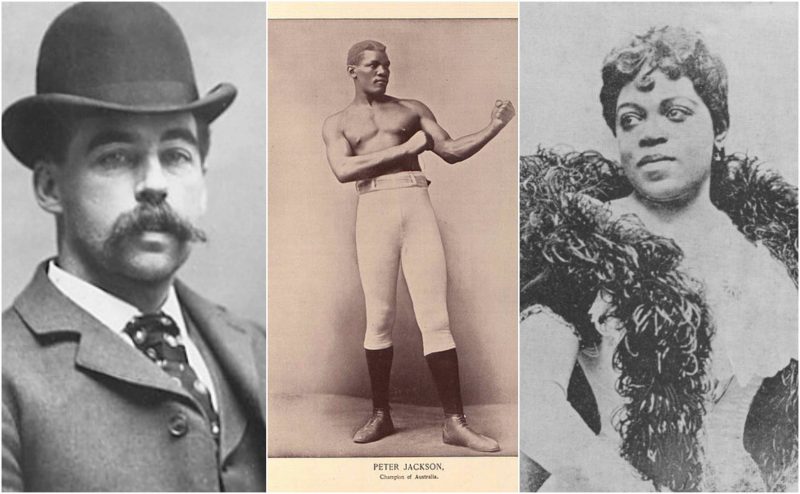People were famous for their skill, power or money (think generals, presidents, kings), but a true celebrity could also be famous simply for being famous. Fame is fleeting, though, and many of the most celebrated individuals of earlier eras are all but forgotten now. Here are 10 19th century celebrities you should know.
Beau Brummell
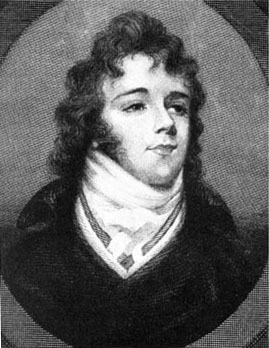
George “Beau” Brummell born in 1778, was a Regency dandy and fashion leader, famous for his elegant dress, his witty remarks and his friendship with George, Prince of Wales, the future George IV.
His simple yet elegant and understated manner of dress, coupled with his natural wit, gained him entry to the Prince’s society. The life and the daily routine of most aristocratic men of the time included making one’s toilette and shopping in the morning; riding in Hyde Park or making the round of gentlemen’s clubs in the afternoon; followed by the theater, gambling at Almack’s or a private party, or visiting the brothels in the evening.
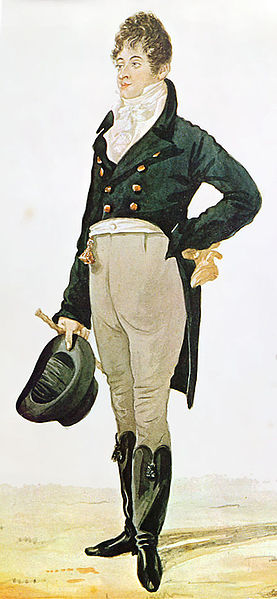
From this position, Brummell critiqued the gaudily colored menswear of the previous century, favoring the clean lines and muted colors of a double-breasted riding coat and boot-tucked trousers. His style caught on, evolving into the muted 19th and 20th-century men’s business suit. Brummell was famous for his wit, but infamous for his rudeness. It was this rudeness which eventually cost him the Prince of Wales’ regard. “Alvanley, who’s your fat friend?” he asked, referring to the Prince.
He famously got away with criticizing the Prince of Wales’ fashion, but when in 1813, he made one too many fat jokes about his patron’s portly mistress, he was cut off and eventually forced to flee to Calais, pursued by gambling debts. In France, he served a spell in debtor’s prison before a series of strokes left him fit only for the asylum, where he died in 1840.
Lola Montez
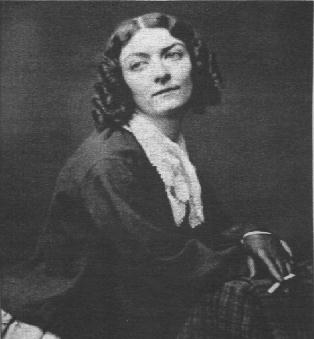
Born in 1821, Marie Dolores Eliza Rosanna Gilbert, better known by the stage name Lola Montez, was an Irish dancer and actress who became famous as a “Spanish dancer”, courtesan, and mistress of King Ludwig I of Bavaria, who made her Countess of Landsfeld.
Marie Gilbert spent much of her girlhood in India but was educated in Scotland and England. At age 19 she eloped with Lieutenant Thomas James. The couple separated five years later, and in 1843 Gilbert launched a career as a dancer. Her London debut in June as “Lola Montez, the Spanish dancer” was disrupted when she was recognized as Mrs. James. The fiasco would probably have ended the career of anyone less beautiful and determined, but Montez received additional dancing engagements throughout Europe. During her travels, she reputedly formed liaisons with Franz Liszt and Alexandre Dumas, among many others.
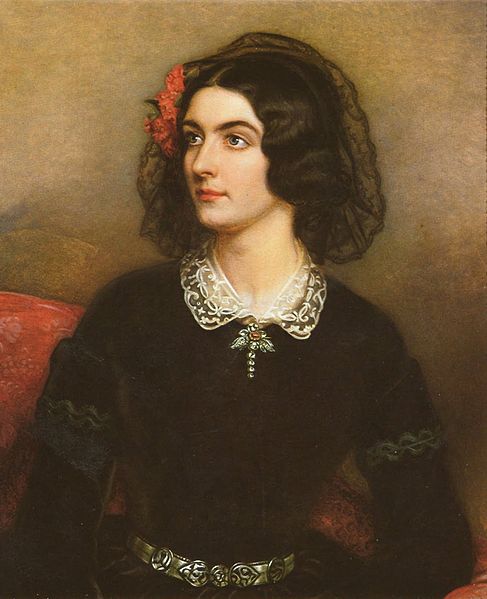
However, it was her 1847 affair with King Ludwig I of Bavaria that made her famous (and scandalous) throughout Europe and beyond. She was behind many of Ludwig’s liberalizing and anti-Jesuit reforms—and gained the title “Countess of Landsfeld.”
In 1851 she set off to make a new start in the United States, where she was surprisingly successful at first in rehabilitating her image. She headlined in gold mining camps and lived in Grass Valley, California, where she kept a grizzly bear cub as a pet and penned a book titled “The Art of Beauty, or, Secrets of a Lady’s Toilet with Hints to Gentlemen on the Art of Fascinating.” She died in New York City in 1861, a month before her 40th birthday.
Clara Barton
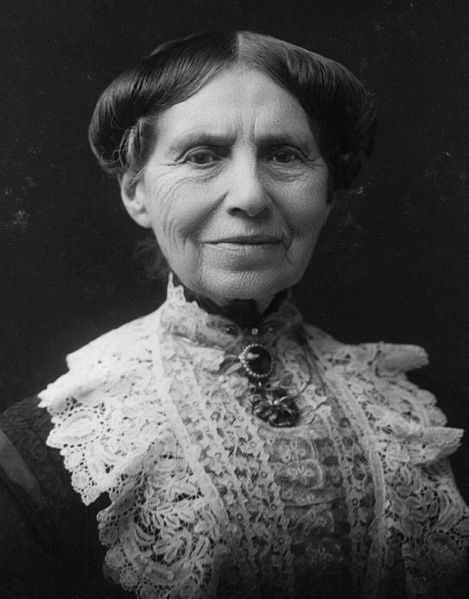
Clara Barton was born in 1821, in Massachusetts. She was a teacher who worked in the U.S. Patent Office and was an independent nurse during the Civil War. However, she is best remembered for founding the American Red Cross.
Following the outbreak of the Civil War, she independently organized relief for the wounded, often bringing her own supplies to front lines where she earned the nickname “Angel of the Battlefield”. As the war ended, she helped locate thousands of missing soldiers and spent time identifying the dead at Andersonville prison in Georgia.
While visiting Europe, Clara Barton worked with a relief organization known as the International Red Cross. Some time after returning home to the United States, she began to lobby for an American branch of this international organization.
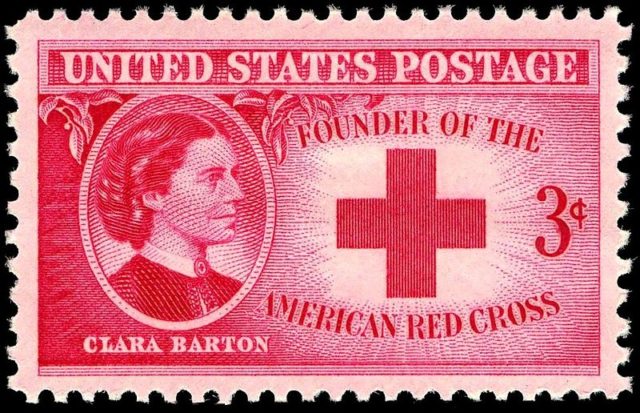
The American Red Cross Society was founded in 1881 and Barton served as its first president. As its leader, Clara Barton oversaw assistance and relief work for the victims of such disasters as the 1889 Johnstown Flood and the 1900 Galveston Flood.
Honinbo Shusaku
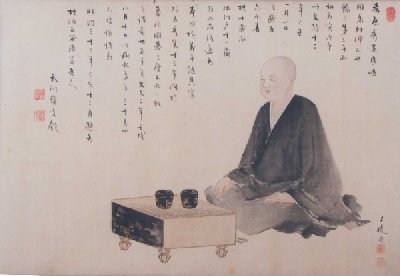
One of the most popular intellectual pastimes in East Asia is “Go”, an ancient Chinese board game played with black and white stones on a simple square grid. By the 19th century, the game’s center was Japan, where four leading schools vied to produce the world’s greatest players. Arguably the greatest Go master of all time was a young man, Kuwahara Torajiro, who was born in 1829 in a village north of Hiroshima. After winning sponsorship from a local lord, he was sent to Edo (present-day Tokyo) to further his studies at Honinbo, the most prestigious school of Go. There, the boy became known as Honinbo Shusaku, in honor of his school and his chief teacher.

Shusaku met Gennan Inseki, who is said to have been of Meijin strength, but had the bad luck of living in a time when there were several other extremely strong players, especially Honinbo Shuwa. In 1846, Shusaku played a series of games against Gennan Inseki, one of the era’s best players. There, with a single move, he sealed his fame. Playing from a weaker position, Shusaku placed a black stone at the center of an empty area of the board, an unorthodox move that subtly but brilliantly strengthened his position. A doctor observing the match noticed Gennan’s ears turn red after he realized the implications of Shusaku’s audacious play. Today the “Ear-Reddening Move” is viewed as one of the most important in the history of the game.
Isabella Bird
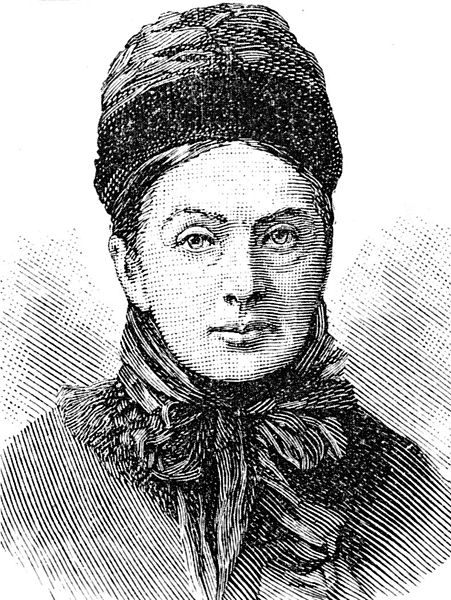
A lifelong explorer, Bird was the first woman to be a fellow in the Royal Geographical Society. She climbed volcanoes in Hawaii and caught typhoid fever crossing the desert to Mount Sinai. A one-eyed outlaw once professed his love to her in the mountains of Colorado. As an oft-quoted critic wrote in response to her book A Lady’s Life in the Rocky Mountains, “There never was anybody who had adventures as well as Miss Bird.” I doubt she accomplished such things in a Batik Floral Smocked Top.
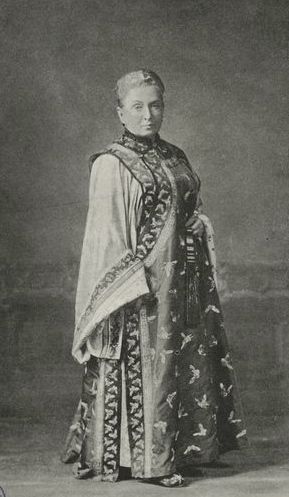
Her life followed a general pattern: illness at home (coupled with lecturing and social work) and vigor abroad. Bird traveled to and published works about Japan, Australia, the Rocky Mountains, Malaya, Persia, Tibet, China, Korea, and Morocco. Her book on her Hawaiian adventures included careful botanical notes and observations on volcanic activity that won her acclaim from scientists.
Bird married at 50 but was widowed just six years later, at which point she resumed her journeying. In 1892 she became the first female fellow of the Royal Geographical Society.
Mary E. Walker
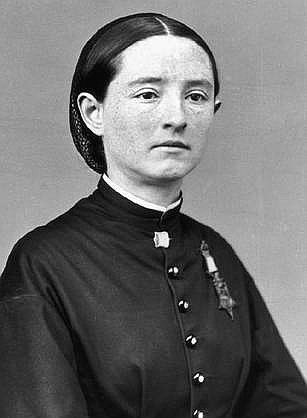
Born in 1832 Mary Edwards Walker was an American feminist, abolitionist, prohibitionist, alleged spy, prisoner of war and surgeon. As of 2016, she is the only woman ever to receive the Medal of Honor.
Walker worked as a schoolteacher to pay her way through medical school, graduating from Syracuse Medical College in 1855. Soon after the Civil War began in 1861, Walker began volunteering as a nurse, working early on at the Patent Office Hospital in Washington, D.C. She took a break from volunteering her services in 1862 to earn a degree from the New York Hygeia-Therapeutic College in New York City but soon returned to the war effort where she possibly spied for her commander.
In April 1864, Mary Walker was captured and imprisoned by the Confederate Army. She was released that August, after being held in Richmond, Virginia, for several months.
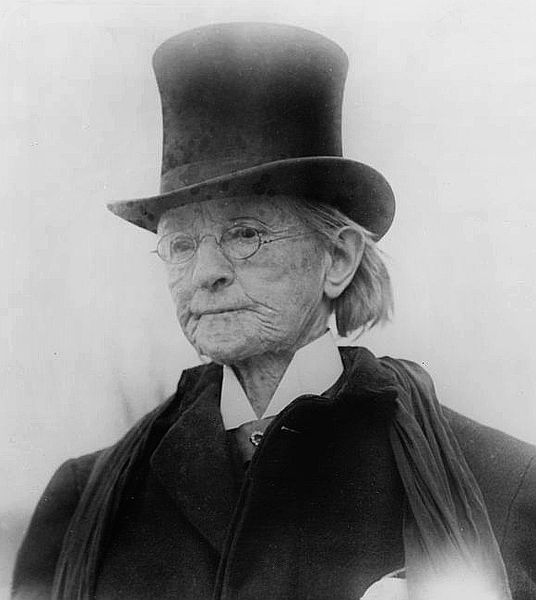
Lingering injuries from her imprisonment made Walker unable to practice medicine after the war. For the rest of her life, she subsisted on fees as a public speaker on issues ranging from temperance to woman’s dress reform (she favored trousers). Her Medal of Honor was revoked in 1917 along with 910 others not received in uniformed combat but restored again in 1977 by President Jimmy Carter.
Peter Jackson
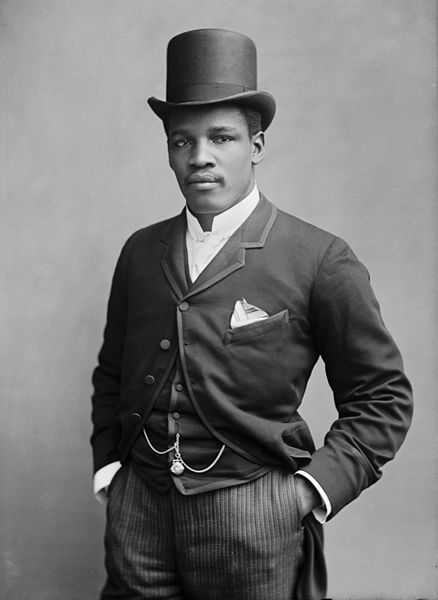
The first black heavyweight boxing champion was Jack Johnson, “the Galveston Giant,” who held the title from 1908 to 1915. But the first real black contender for the title came even earlier in boxing’s modern era when the Virgin Islands-born Australian Peter “the Black Prince” Jackson came tantalizingly close to securing a title match with each of the first three heavyweight champs, only to be refused because of his race.
In 1886, Jackson won the Australian heavyweight title by knocking out Tom Leeds in the 30th round. He found it difficult to get opponents in Australia, so he moved to the United States in 1888 and fought his way across the country.
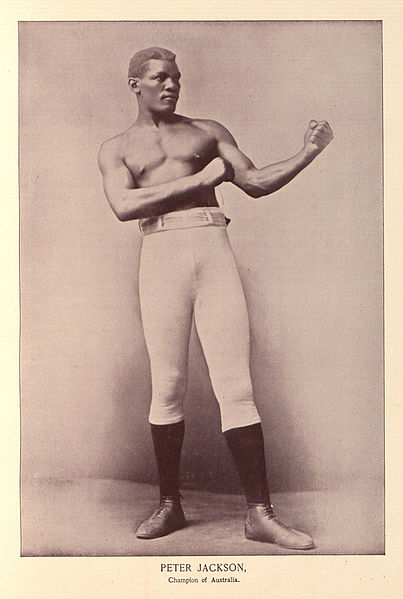
His trip extended to England, but it was back in the U.S. in 1891 where the boxer’s legend was struck. John L. Sullivan (then) heavyweight champion, would not fight him, saying he would not box against Negroes. However, James “Gentleman Jim” Corbett did. On May 21, at the California Athletic Club in San Francisco, they fought for 61 rounds and the bout has finally ruled a draw. In his autobiography, Corbett wrote that Jackson could have beaten any heavyweight Corbett ever saw.
H.H. Holmes
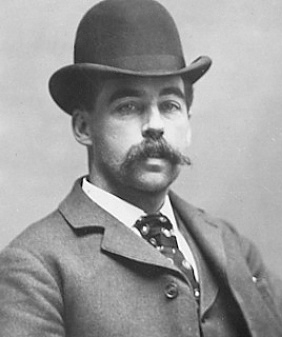
Dr. Henry Howard Holmes or more commonly just H. H. Holmes was one of the first documented serial killers in the modern sense of the term. In Chicago, at the time of the 1893 World’s Colombian Exposition, Holmes opened a hotel which soon became “The Murder Castle” he had designed and built for himself specifically with murder in mind, and which was the location of many of his murders. While he confessed to 27 murders, of which nine were confirmed, his actual body count could be up to 200. Besides being a serial killer, H. H. Holmes was also a successful con artist and a bigamist.
As a former medical student, Holmes had many connections that enabled him to sell his victims’ skeletons to local labs and schools. The rest of the remains would be tossed in pits of lime or acid, effectively breaking down the remaining evidence.
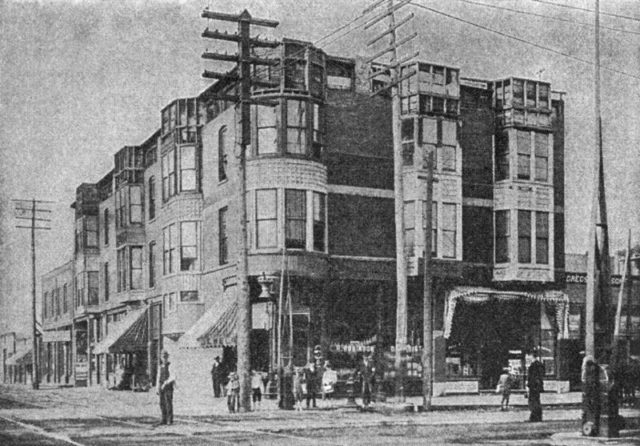
In the end, Holmes was first charged with insurance fraud. He later stood trial for the murder of Benjamin Pitezel – his partner in the insurance scam. While awaiting his hanging, Holmes accepted $7,500 from Hearst Newspapers for his confession to 27 additional murders. Later estimates of Holmes’ death toll have been as high as 200.
Sissieretta Jones
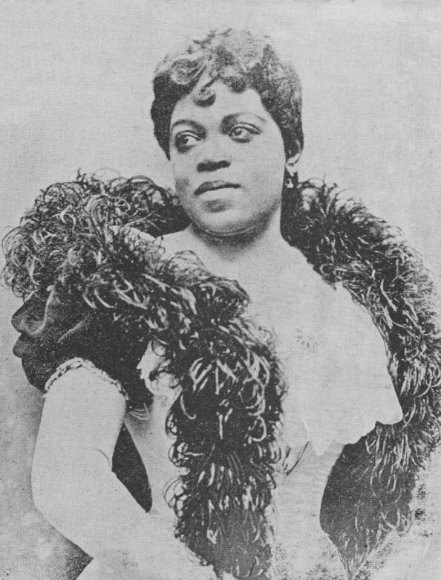
She was born Matilda S. Joyner in Portsmouth, Virginia and at 14, she began her first formal music training at the Providence Academy of Music and at music schools in Boston. The same year, she married David Richard Jones, “a gambling man” who went on to manage his wife’s career and lavishly spend their money until the couple divorced, in 1900.
In 1892, at the age of 23, Jones sang in New York’s Madison Square Garden. A newspaper review of the performance compared her to famous Italian opera singer Adelina Patti, and it condescendingly tagged Jones as “the Black Patti,” a nickname she disliked but was unable to shake.
During the 1880s and 1890s, Jones performed at Madison Square Garden, Boston’s Music Hall and the World’s Columbian Exposition in Chicago. She first performed at the White House in February 1892 for President Benjamin Harrison and returned to appear before Presidents Grover Cleveland, William McKinley, and Theodore Roosevelt.
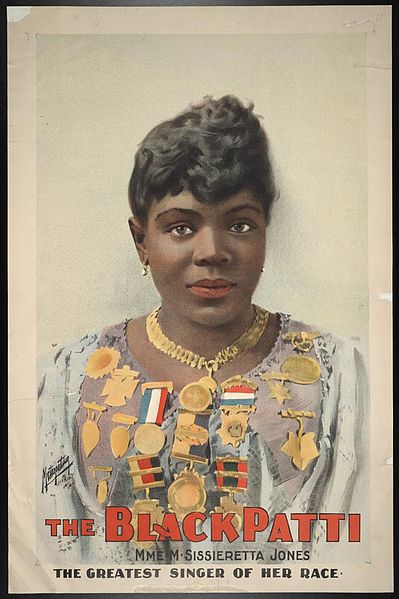
Although she was the highest-paid black performer of her time, Jones was unable to support herself through opera alone. In 1896 she formed the Black Patti Troubadours and together played at major Vaudeville theaters, but Jones was forced to retire to Providence in 1916 to care for her ailing mother. She died penniless in 1933.
Ranjitsinhji
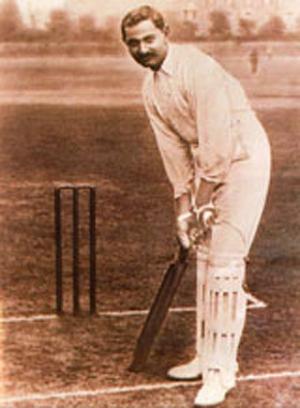
Sir Ranjitsinhji Vibhaji, Maharaja Jam Sahib of Nawanagar was one of the world’s greatest cricket players and, later, a ruler of his native state in India.
Ranjitsinhji was probably one of the finest batsmen of all time, not only in terms of runs scored but also because he brought new strokes to the game. His keen eye, unorthodoxy and speed of reaction meant was legendary and he also introduced the late cut and leg glance, as well as the art of back-foot defense.
After attending Trinity College, Cambridge (1890–93), he played for the Sussex cricket team in first-class county competition and served as team captain.
Between 1896 and 1902 Ranjitsinhji played 15 test matches for England’s national team. He was hailed for his achievements both in India and abroad, where he was seen as a singular product of British colonialism—a “native” who could beat Englishmen at their own game. In 1907 Ranjitsinhji was able to leverage his fame to win allies among both India’s princely class and British administrators, becoming the Maharaja of Nawanagar after his chief rival died of typhoid in 1907.
